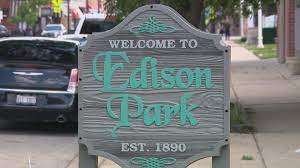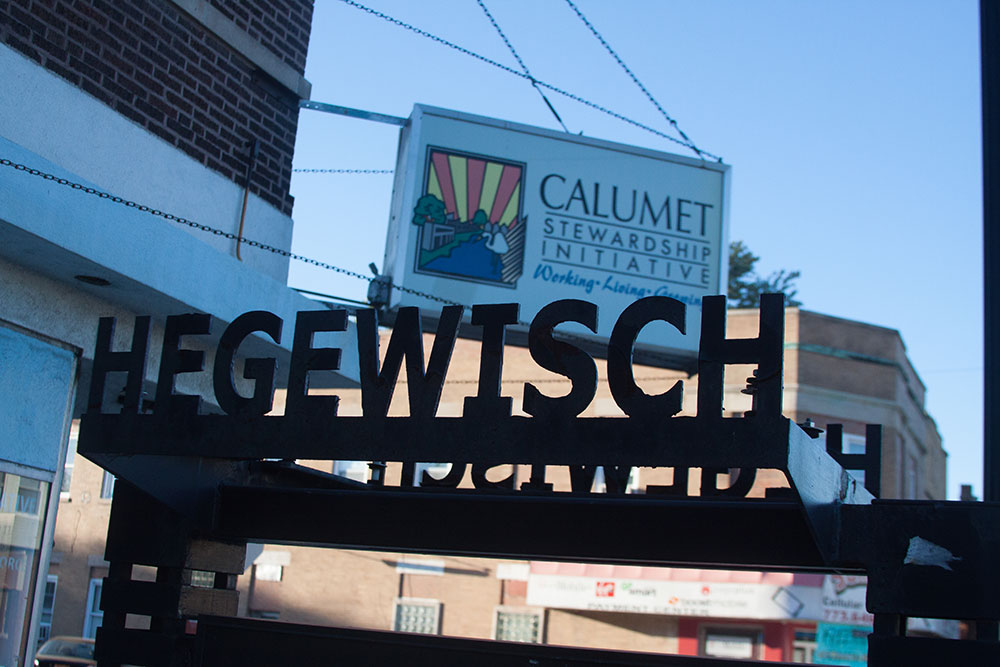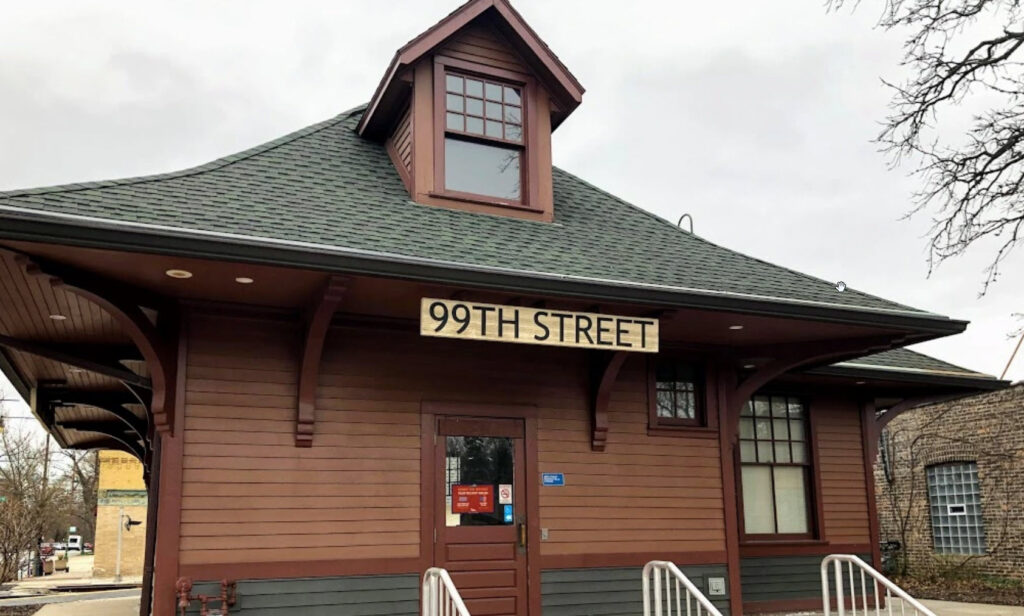
Beverly, also known officially as Beverly Hills, is one of Chicago’s 77 community areas. Encompassing the city’s far south side, this neighborhood is located approximately 12 miles from the Loop. Beverly is part of the Blue Island Ridge, alongside Morgan Park, Mount Greenwood, Washington Heights, and the city of Blue Island. As of the 2020 census, Beverly had a population of 20,027.
The development of this iconic neighborhood is steeped in history, with roots tracing back to the late 19th century. This article delves into the rich tapestry of Beverly, from its history and geography to its culture, economy, and landmarks.
History
Origin of the Name
In 1889, the Rock Island Railroad extended its suburban tracks north of 99th Street and named the new station on 91st Street “91st Street-Beverly Hills station”. The exact origin of the name “Beverly Hills” remains uncertain, with speculation ranging from a nod to Beverly, Massachusetts to a reference to the hilly terrain. What is clear, however, is that it is not named after Beverly Hills, California, which received its name almost two decades after the 91st Street Station was christened.
19th Century Development
The Potawatomi people and a few white settlers were the original inhabitants of the area until 1833. The earliest known non-indigenous settlers were DeWitt Lane and Norman Rexford, who settled near 103rd Street and Seeley Avenue, and near 91st Street and Pleasant Avenue, respectively. The area remained a dry settlement, prohibiting saloons and the sale of liquor.
Beverly started to transform into a suburban community in 1869 when the descendants of Thomas Morgan sold his lands to the Blue Island Land and Building Company. The area’s growth was further spurred by the Great Chicago Fire in 1871. Beverly was incorporated into the Village of Washington Heights in 1874 and was annexed by the city of Chicago in 1890.
Geography of Beverly
Beverly, community area #72, is situated on Chicago’s far south side. Its boundaries include 87th Street to the north, 107th Street to the south, Western Avenue and the rail line to the west, and Vincennes Avenue and Beverly Avenue to the east. The community spans an area of 3.19 square miles and is connected to the Interstate system via I-57.
The area’s unique geological history is tied to the Blue Island Ridge, a prehistoric glacial ridge. This ridge was once an island in a lake and later part of its western shore, giving it significant historical importance. As of 2013, Beverly had over 1,000 acres of single-family housing, nearly 60 acres of multifamily housing, and about 66 acres of commercial development.
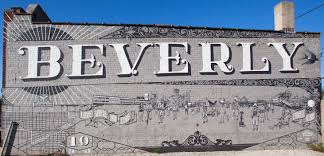
Demographics
Beverly’s demographic composition has evolved over the years. In the early 20th century, the neighborhood saw a significant influx of Irish Americans, leading to the establishment of several Roman Catholic church parishes.
As of 2018, the population was approximately 20,437 people living in 7,557 households. The racial composition was 56.7% white, 34.9% black, 0.9% Asian, and 2.1% other racial categories. Hispanics or Latinos of any race made up 5.4% of the population. Beverly is known for being one of the most racially integrated neighborhoods in Chicago.
Economy and Employment
In 2018, 66.7% of Beverly’s population was in the labor force. Education was the leading employer, accounting for 19.1% of the population. Other significant industries of employment were health care (13.1%) and public administration (12.1%). The median household income was $98,416, significantly higher than the citywide median income of $55,198.
Transportation for Beverly
Beverly is well-served by public transportation, with five Metra stations operating on the Rock Island District line, providing daily inbound and outbound commuter-rail service. The 95th/Dan Ryan station on the Chicago Transit Authority’s Red Line is also located nearby.
Education in Beverly
Beverly is home to several schools within the Chicago Public Schools system, including Elizabeth H. Sutherland, Alice L. Barnard, and Kate Starr Kellogg elementary schools. The community also has three private Catholic elementary schools: St. Barnabas, St. John Fisher, and Christ the King.
Parks and Recreation
Beverly boasts several parks, including Barnard, Ridge, Hurley, Cosme, Graver, Munroe, Beverly, Ridge Wetlands, and King-Lockhart parks. These parks provide a range of amenities, from playgrounds and sports facilities to nature reserves.
Landmarks
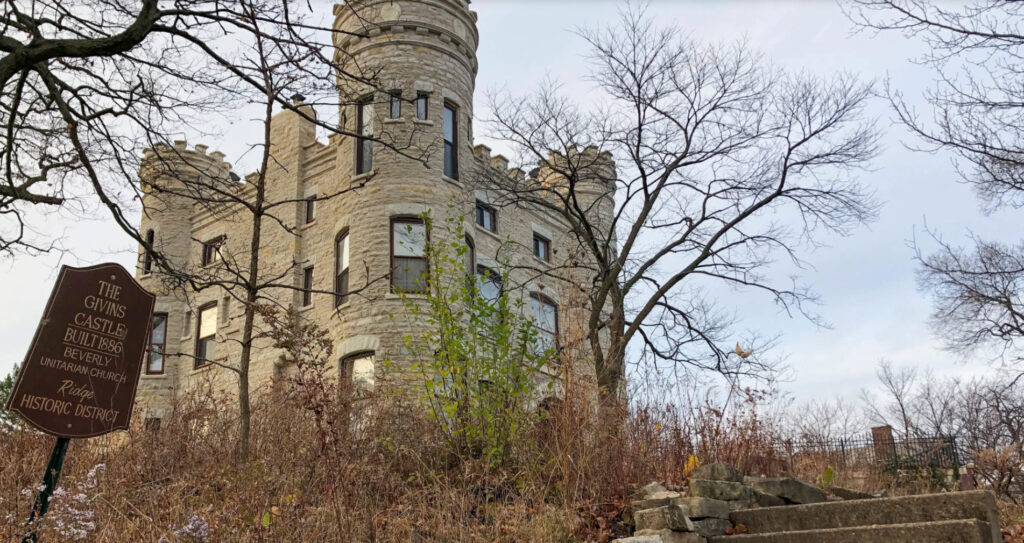
The neighborhood is home to several notable landmarks, including the Givins Irish Castle, the Longwood Drive District, the Guy C. Smith and H. Howard Hyde Houses, the William and Jessie M. Adams House, and the Walter Burley Griffin Place District. Each of these landmarks adds to the rich history and cultural diversity of the neighborhood.
Beverly, with its rich history, diverse population, and vibrant community life, remains a unique and integral part of the Chicago cityscape. Its past and present are intertwined, creating a neighborhood that is as rich in history as it is in potential for the future.

